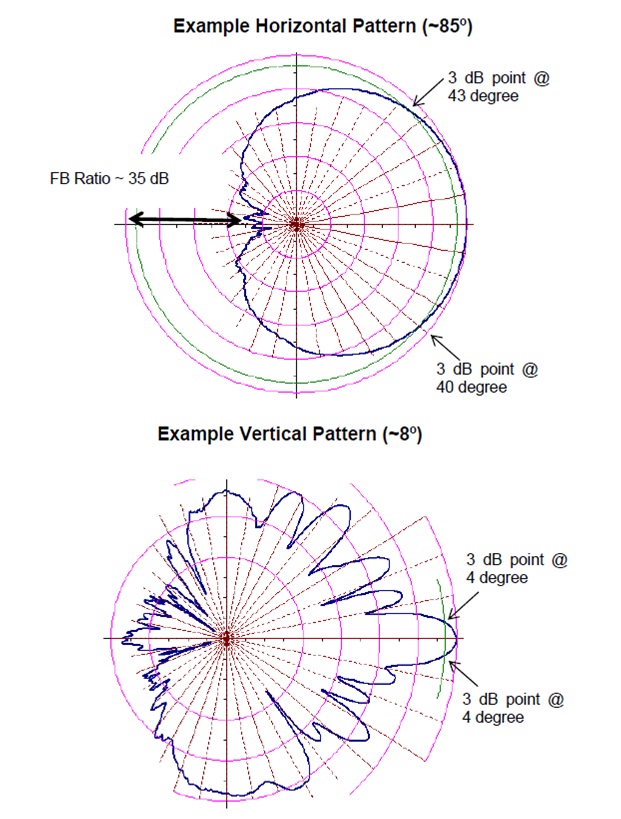What is effect of Antenna Beamwidth in LTE
The antenna beam width is measured in degrees between half power points ( -3 DB) compared to the main axis of the petals of the antenna. -3 DB point of reference power (DBM) or voltage (dBv). Beamwidth is expressed in terms of a horizontal (Azimuth) and vertical (height) degrees. All antenna (vertically polarized or cross Polarized) are models of vertical and horizontal beamwidth. These templates Express relative power measurements at specified angle away from the major axis along the petals one of two planes (horizontally or vertically).
Measurements not either E-field (electric) or H-field antenna (magnetic). The amplification factor antenna the antenna is, the better performance of main axis of petals compared with the reference antenna (or isotropic dipole). The value contained in the beam of the antenna pattern to the main axis of the petals you select is normalized to 0 DB.
All measurements at other angles, removed from the main axis of the petals are expressed in negative dB lower than the 0 DB major axis of petals.
For example, if the antenna has a gain of 15 dBi and horizontal beamwidth 85 degrees, then A pattern of horizontal antenna to the antenna will be set to 0 DB at large Petal point (15 DB) and value ( -3 DB 43° on either side of the main points of the petals (not 12 DB)
The following two illustrations show an example of a horizontal and a vertical beamwidth templates for a directional antenna.
For the site of three branches, the branch will cover 1/3rd-360° or 120°. The results from Simulation results show that the use of 120° antennas provide too much duplication. As lighting of any sector within the system, LTE is directly dependent on the noise generated by the neighbouring sectors and movements in these sectors use 120° may result in performance through increased system noise and interference.It is recommended to use an antenna with horizontal beamwidth 65 approx. up to 70 degrees.
This narrow horizontal beamwidth antenna requires further attention to ensuring adequate insurance is available. Covering the gaps between adjacent sectors must fill out from adjacent plots. Better if sites deployed on a hexagonal grid. Usually the higher gain antenna, a narrow vertical beamwidth becomes. Vertical beam can be used to focus light in some circumstances, but the engineer must ensure that the optimum vertical beamwidth is used to prevent Creation of “zeros” or covering holes near the site.
